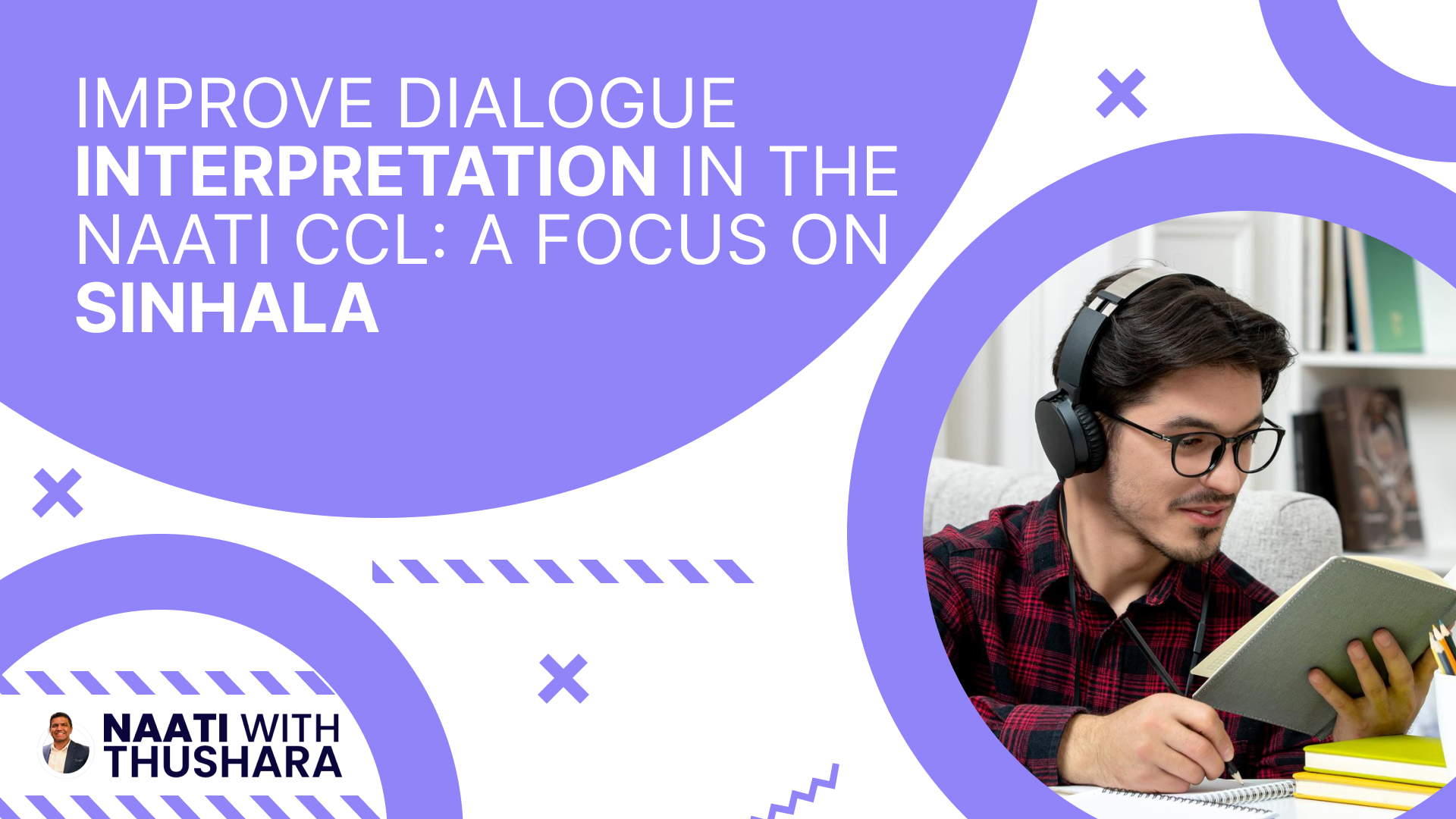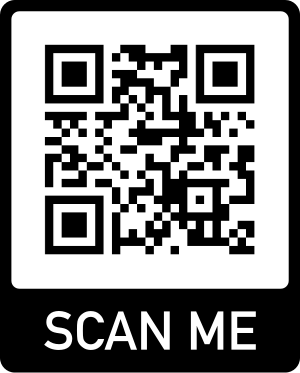The NAATI CCL (Credentialed Community Language) test is crucial for those aiming to earn extra points toward their Australian PR application. For Sinhala speakers, excelling in dialogue interpretation is key to passing the test with confidence.
Interpreting dialogues accurately between Sinhala and English requires more than just fluency in both languages—it demands understanding cultural nuances, mastering interpreting techniques, and managing time effectively. This article provides a comprehensive guide to improving your Sinhala dialogue interpretation skills, along with how naatiwiththushara.com can help you achieve your NAATI CCL goals.
Understanding the NAATI CCL Test for Sinhala Speakers
The NAATI CCL test evaluates your ability to interpret conversations accurately between English and your chosen community language—in this case, Sinhala. The test consists of two recorded dialogues, each containing approximately 300 words, with topics ranging from medical appointments to legal issues.
To pass, you must score at least 63 out of 90, with points deducted for errors like omissions, misinterpretations, or failing to convey the speaker’s tone.
Key Challenges in Sinhala Dialogue Interpretation
1. Maintaining Accuracy Across Languages:
Sinhala and English have different grammatical structures and cultural contexts, making it challenging to convey ideas accurately.
2. Understanding Cultural Nuances:
Expressions and idiomatic phrases in Sinhala often lack direct English equivalents, requiring interpreters to convey meaning rather than literal translations.
3. Managing Accent Variations:
Sinhala speakers come from diverse regions, and accents or dialects can vary, making some dialogues harder to interpret.
4. Handling Time Pressure:
With limited time to process, interpret, and deliver responses, pacing is critical to avoid rushing or lagging.
Tips to Improve Sinhala Dialogue Interpretation
1. Build Strong Language Foundations
- Expand Vocabulary: Learn professional terms and phrases in Sinhala and English, especially in areas like healthcare, legal settings, and community services.
- Practice Grammar: Ensure your sentences are grammatically correct in both languages to maintain clarity.
2. Master the Art of Paraphrasing
Not every word or phrase in Sinhala has a direct English translation. Practice conveying the intended meaning through paraphrasing, especially for idiomatic expressions.
3. Focus on Note-Taking Skills
Effective note-taking is critical during the test. Use symbols, abbreviations, or keywords to quickly jot down information while listening to dialogues.
Note-Taking Tips:
- Write vertically to save space.
- Use arrows to indicate relationships between ideas.
- Practice shorthand for frequently used terms (e.g., “M” for medicine or “L” for lawyer).
4. Familiarize Yourself with Real-Life Dialogues
Practice interpreting common scenarios, such as:
- Visiting a doctor or hospital.
- Discussing legal issues, such as tenancy agreements.
- Parent-teacher meetings or community events.
5. Improve Listening Skills for Accent Variations
Listen to Sinhala audio clips or conversations featuring speakers from different regions. This exposure will help you adapt to accent variations and maintain comprehension.
6. Develop Cultural Awareness
Understand the cultural nuances in both languages to interpret emotions, idioms, and cultural references accurately.
Common Mistakes to Avoid in Sinhala Interpretation
- Word-for-Word Translation: Avoid translating every word literally; focus on conveying the message’s essence.
- Omitting Information: Missing out on critical details can cost points. Take detailed notes to prevent omissions.
- Overthinking Responses: Overanalyzing a phrase can waste valuable time; trust your instincts and training.
How naatiwiththushara.com Can Help
1. Tailored Sinhala Classes:
At www.naatiwiththushara.com, we offer courses specifically designed for Sinhala speakers, covering vocabulary, grammar, and cultural nuances to help you interpret accurately.
2. Practice Sessions with Feedback:
Engage in mock tests and practice sessions designed to simulate real exam conditions. Our instructors provide detailed feedback to improve your performance.
3. Advanced Note-Taking Techniques:
Learn proven note-taking methods to capture essential details efficiently during dialogues.
4. Real-Life Dialogue Scenarios:
Our classes include a variety of real-life scenarios to help you adapt to different situations, accents, and challenges.
5. Flexible Online Learning:
With our online classes, you can prepare for the NAATI CCL test from the comfort of your home.
Contact Us Today:


Start your journey to NAATI CCL success now at www.naatiwiththushara.com.
Practicing Sinhala Interpretation Techniques
1. Shadowing Exercise:
Listen to Sinhala and English dialogues, then repeat what you hear in real-time. This exercise improves listening and interpreting speed.
2. Record and Review:
Record yourself interpreting dialogues and listen to identify areas for improvement, such as pacing or clarity.
3. Vocabulary Drills:
Create flashcards with commonly used Sinhala and English terms, especially for professional settings.
How to Manage Test Day Stress
- Prepare Thoroughly: Confidence comes from knowing you’re ready.
- Stay Focused: Concentrate on one dialogue at a time and avoid dwelling on previous mistakes.
- Practice Deep Breathing: Relaxation techniques can help manage anxiety.

